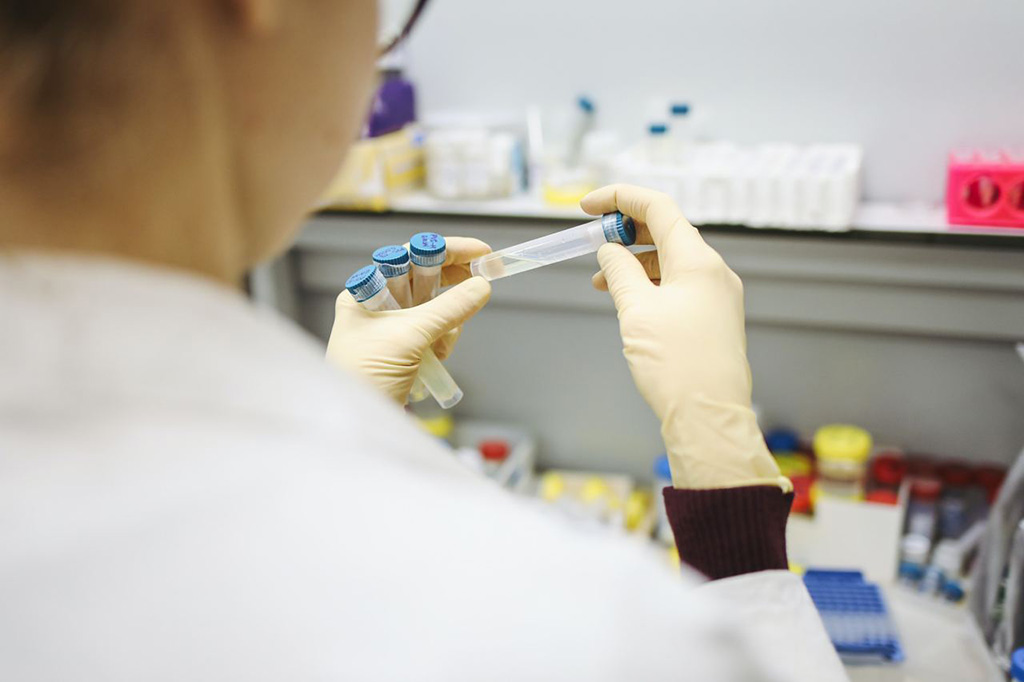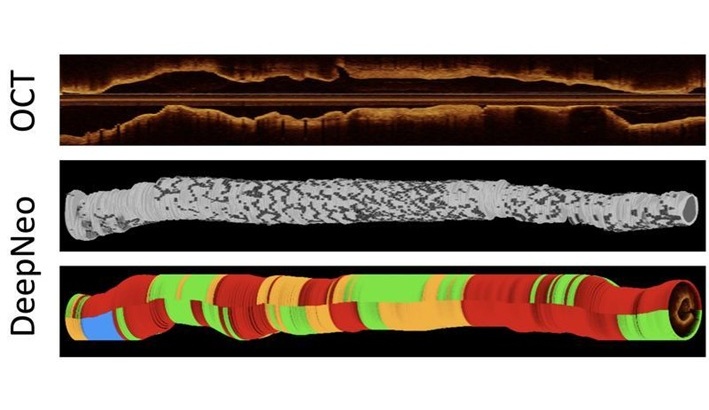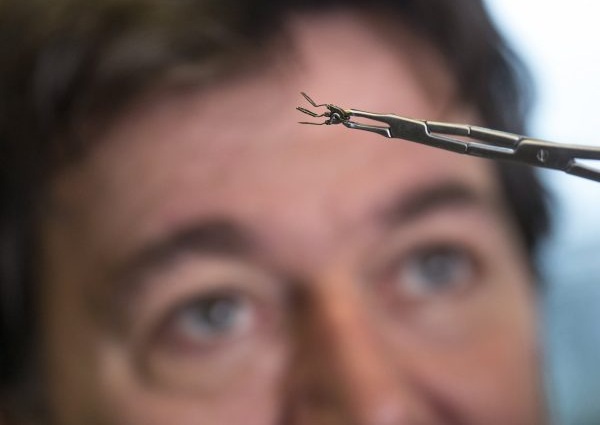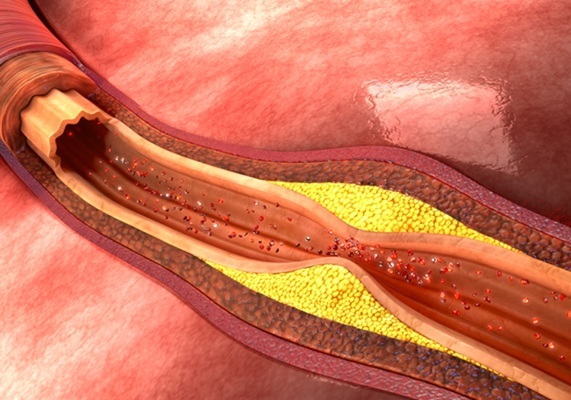COVID-19 PCR and Antibody Tests Record Negative Result in People with ‘Immune Memory’, Reveals Study
|
By HospiMedica International staff writers Posted on 13 Nov 2021 |

An observational study which analyzed the immune responses in healthcare workers has found that some of them repeatedly tested negative for COVID-19 by PCR and antibody tests, but showed an increase in immune memory cells.
The findings of the study by scientists from University College London (London, UK) suggest that by designing vaccines that activate these immune memory cells, known as T cells, to attack infected cells expressing this part of the virus’s internal machinery, it may be possible to eliminate SARS-CoV-2 at the very outset, thereby helping stop its spread. This approach could complement the current COVID-19 vaccines, which only trigger immune responses to the spike protein that protrudes from the outside of the virus. Researchers say the discovery could lead to the creation of a pan-coronaviruses vaccine, that not only protects against SARS-CoV-2 and its variants, but also against coronaviruses that cause common colds, and to new emerging animal coronaviruses. Researchers say next generation vaccines could be developed to induce both memory T cells to target replication proteins and antibodies to target the spike protein.
This fundamental science discovery is borne from an observational study that analyzed the immune responses in a large cohort of London-based healthcare workers from the very start of the first UK pandemic wave. In a subset of healthcare workers, who showed no sign of SARS-CoV-2 infection (repeatedly testing negative by PCR and antibody tests) there was, however, an increase in T cells. Rather than having avoided infection completely, a subset of healthcare workers appear to have experienced a transient low-level (abortive) infection, not detectable by routine tests, but which generated T cells specific to SARS-CoV-2; compatible with this, the same individuals also had a low-level increase in another blood marker of viral infection.
“Our research shows that individuals who naturally resisted detectable SARS-CoV-2 infection generated memory T cells that target infected cells expressing the replication proteins, part of the virus’s internal machinery,” said senior author Professor Mala Maini (UCL Infection & Immunity). “These proteins - required for the earliest stage of the virus’s life cycle, as soon as it enters a cell - are common to all coronaviruses and remain ‘highly conserved’, so are unlikely to change or mutate. A vaccine that can induce T cells to recognize and target infected cells expressing these proteins, essential to the virus’s success, would be more effective at eliminating early SARS-CoV-2, and may have the added benefit that they also recognize other coronaviruses that currently infect humans or that could in the future.”
“T cells recognizing the virus’ replication machinery would provide an additional layer of protection to that provided by the spike-focused immunity that is generated by the already highly efficacious current vaccines,” added Professor Maini. “This dual-action vaccine would provide more flexibility against mutations, and because T cells can be incredibly long-lived, could also provide longer-lasting immunity. By expanding pre-existing T cells, such vaccines could help to stop the virus in its tracks at a very early stage.”
Related Links:
University College London
Latest COVID-19 News
- Low-Cost System Detects SARS-CoV-2 Virus in Hospital Air Using High-Tech Bubbles
- World's First Inhalable COVID-19 Vaccine Approved in China
- COVID-19 Vaccine Patch Fights SARS-CoV-2 Variants Better than Needles
- Blood Viscosity Testing Can Predict Risk of Death in Hospitalized COVID-19 Patients
- ‘Covid Computer’ Uses AI to Detect COVID-19 from Chest CT Scans
- MRI Lung-Imaging Technique Shows Cause of Long-COVID Symptoms
- Chest CT Scans of COVID-19 Patients Could Help Distinguish Between SARS-CoV-2 Variants
- Specialized MRI Detects Lung Abnormalities in Non-Hospitalized Long COVID Patients
- AI Algorithm Identifies Hospitalized Patients at Highest Risk of Dying From COVID-19
- Sweat Sensor Detects Key Biomarkers That Provide Early Warning of COVID-19 and Flu
- Study Assesses Impact of COVID-19 on Ventilation/Perfusion Scintigraphy
- CT Imaging Study Finds Vaccination Reduces Risk of COVID-19 Associated Pulmonary Embolism
- Third Day in Hospital a ‘Tipping Point’ in Severity of COVID-19 Pneumonia
- Longer Interval Between COVID-19 Vaccines Generates Up to Nine Times as Many Antibodies
- AI Model for Monitoring COVID-19 Predicts Mortality Within First 30 Days of Admission
- AI Predicts COVID Prognosis at Near-Expert Level Based Off CT Scans
Channels
Critical Care
view channel
AI Model Analyzes Patient Data to Diagnose Multiple Sclerosis With 90% Accuracy
Multiple sclerosis (MS) is a chronic inflammatory condition affecting the central nervous system. Most patients initially experience the relapsing-remitting form (RRMS), characterized by periods of symptom... Read more
Magnetically Navigable Microparticles Enable Targeted Drug Delivery
Abdominal aortic aneurysms (AAA) can be life-threatening if not treated and result in nearly 10,000 deaths annually. Researchers working to improve treatments for AAA could now make it possible for doctors... Read more
AI-Powered Algorithm Automates Analysis of Coronary Stents After Implantation
Every year, over three million people globally receive stents to open blocked blood vessels caused by heart disease. However, monitoring the healing process after stent implantation remains a significant challenge.... Read moreSurgical Techniques
view channel
DNA Origami Improves Imaging of Dense Pancreatic Tissue for Cancer Detection and Treatment
One of the challenges of fighting pancreatic cancer is finding ways to penetrate the organ’s dense tissue to define the margins between malignant and normal tissue. Now, a new study uses DNA origami structures... Read more
Pioneering Sutureless Coronary Bypass Technology to Eliminate Open-Chest Procedures
In patients with coronary artery disease, certain blood vessels may be narrowed or blocked, requiring a stent or a bypass (also known as diversion) to restore blood flow to the heart. Bypass surgeries... Read more
Intravascular Imaging for Guiding Stent Implantation Ensures Safer Stenting Procedures
Patients diagnosed with coronary artery disease, which is caused by plaque accumulation within the arteries leading to chest pain, shortness of breath, and potential heart attacks, frequently undergo percutaneous... Read more
World's First AI Surgical Guidance Platform Allows Surgeons to Measure Success in Real-Time
Surgeons have always faced challenges in measuring their progress toward surgical goals during procedures. Traditionally, obtaining measurements required stepping out of the sterile environment to perform... Read morePatient Care
view channel
Portable Biosensor Platform to Reduce Hospital-Acquired Infections
Approximately 4 million patients in the European Union acquire healthcare-associated infections (HAIs) or nosocomial infections each year, with around 37,000 deaths directly resulting from these infections,... Read moreFirst-Of-Its-Kind Portable Germicidal Light Technology Disinfects High-Touch Clinical Surfaces in Seconds
Reducing healthcare-acquired infections (HAIs) remains a pressing issue within global healthcare systems. In the United States alone, 1.7 million patients contract HAIs annually, leading to approximately... Read more
Surgical Capacity Optimization Solution Helps Hospitals Boost OR Utilization
An innovative solution has the capability to transform surgical capacity utilization by targeting the root cause of surgical block time inefficiencies. Fujitsu Limited’s (Tokyo, Japan) Surgical Capacity... Read more
Game-Changing Innovation in Surgical Instrument Sterilization Significantly Improves OR Throughput
A groundbreaking innovation enables hospitals to significantly improve instrument processing time and throughput in operating rooms (ORs) and sterile processing departments. Turbett Surgical, Inc.... Read moreHealth IT
view channel
Printable Molecule-Selective Nanoparticles Enable Mass Production of Wearable Biosensors
The future of medicine is likely to focus on the personalization of healthcare—understanding exactly what an individual requires and delivering the appropriate combination of nutrients, metabolites, and... Read more
Smartwatches Could Detect Congestive Heart Failure
Diagnosing congestive heart failure (CHF) typically requires expensive and time-consuming imaging techniques like echocardiography, also known as cardiac ultrasound. Previously, detecting CHF by analyzing... Read moreBusiness
view channel
Expanded Collaboration to Transform OR Technology Through AI and Automation
The expansion of an existing collaboration between three leading companies aims to develop artificial intelligence (AI)-driven solutions for smart operating rooms with sophisticated monitoring and automation.... Read more

















